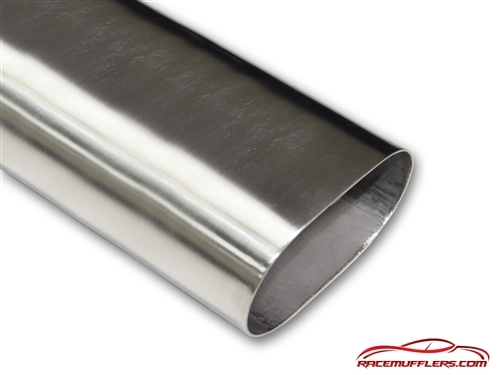This is something I have read a lot about and I will be crossing this path when I install the new motor so I thought a discussion thread might bring up something I haven't thought of...
It is known that a forced induction engine, turbo in this case, doesn't like a lot of back pressure. Almost every thing I have read says go as big as possible from the turbo back, same size all the way, the more HP the bigger the exhaust should be..
Most know I will use a HE351VE and the no longer sold Banks mannie that moves the turbo to the 2nd cylinder not the front or 3rd cly like the stock mannie. I will have room to fab the down pipe as big as 4 1/2" turbo back..
Now here is what I can't find info about.... my plan is to transition from round to oval just off the turbo down past the frame. Their is more than enough room for 4 1/2" oval to slide past the frame and motor ( I think ) ... So the real question will having the down pipe transition from round to oval then back to round matter ???
It is known that a forced induction engine, turbo in this case, doesn't like a lot of back pressure. Almost every thing I have read says go as big as possible from the turbo back, same size all the way, the more HP the bigger the exhaust should be..
Most know I will use a HE351VE and the no longer sold Banks mannie that moves the turbo to the 2nd cylinder not the front or 3rd cly like the stock mannie. I will have room to fab the down pipe as big as 4 1/2" turbo back..
Now here is what I can't find info about.... my plan is to transition from round to oval just off the turbo down past the frame. Their is more than enough room for 4 1/2" oval to slide past the frame and motor ( I think ) ... So the real question will having the down pipe transition from round to oval then back to round matter ???




